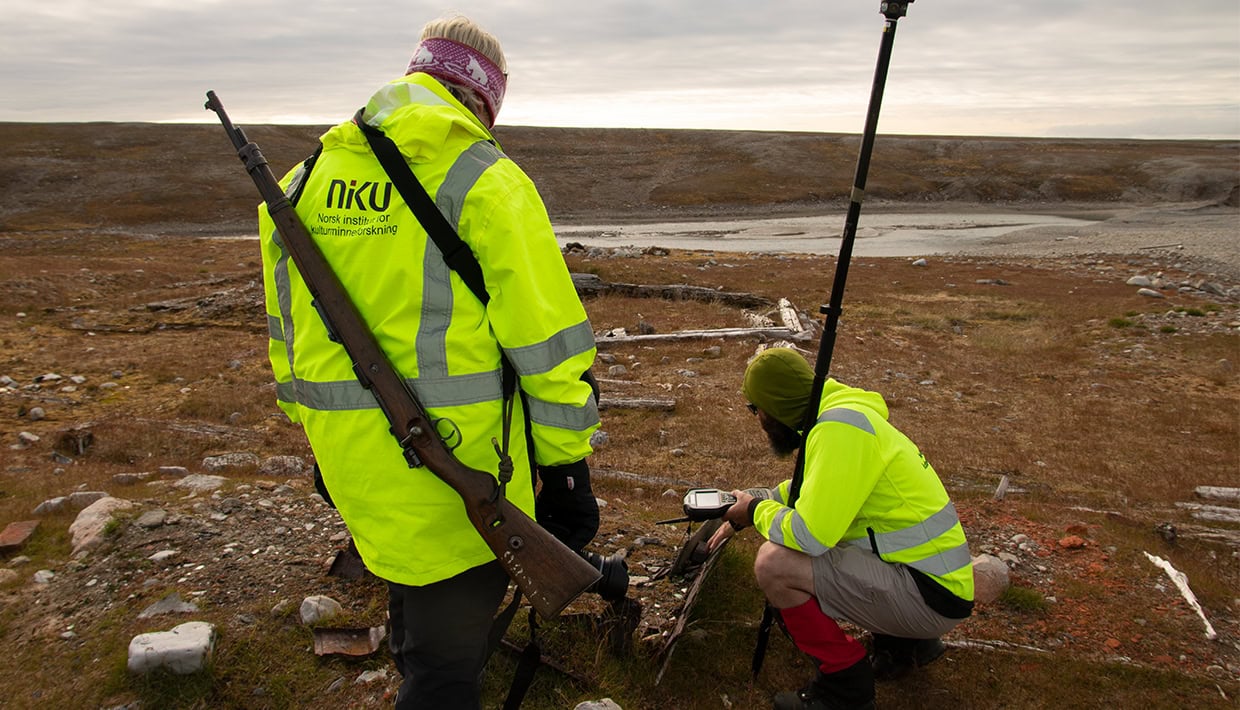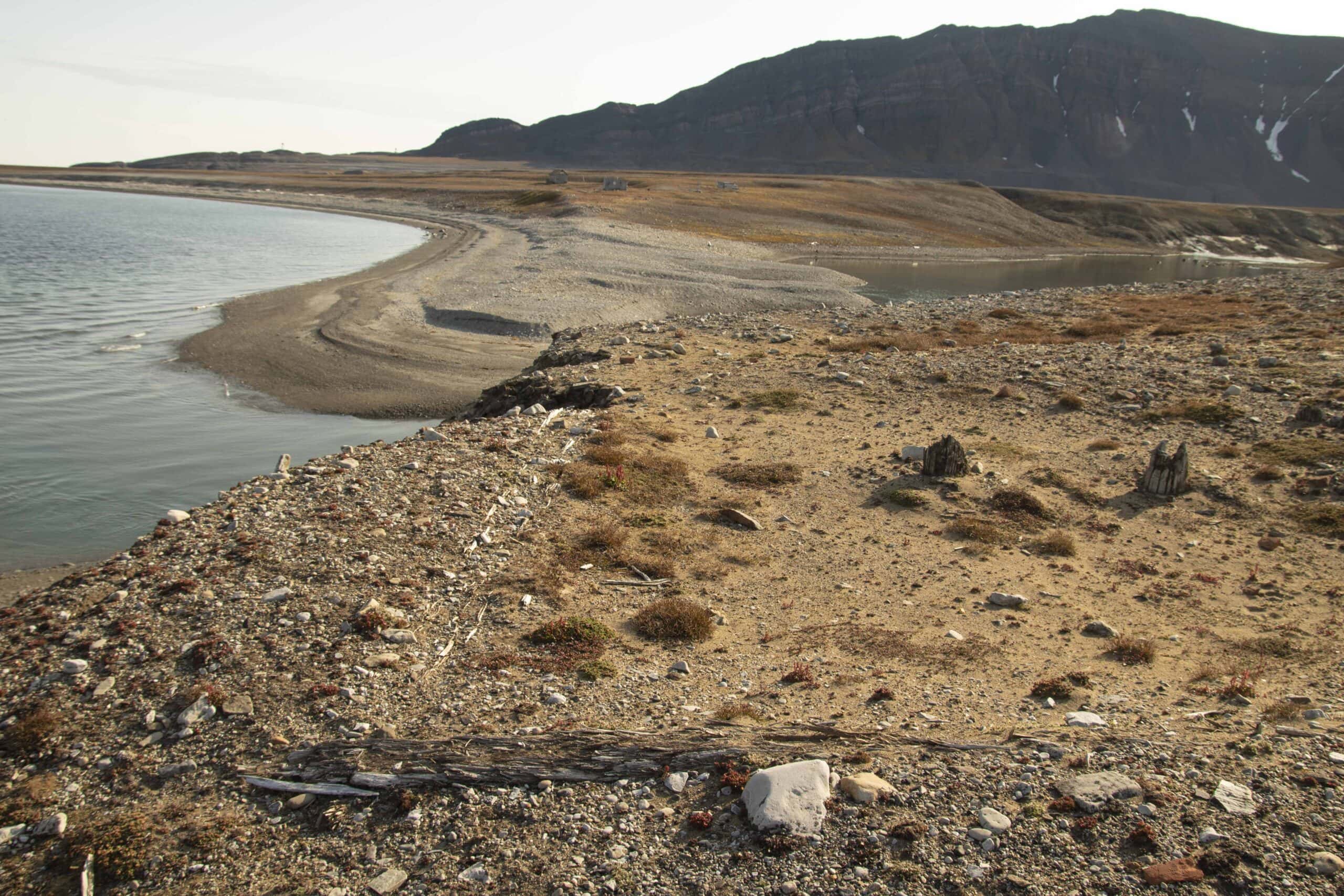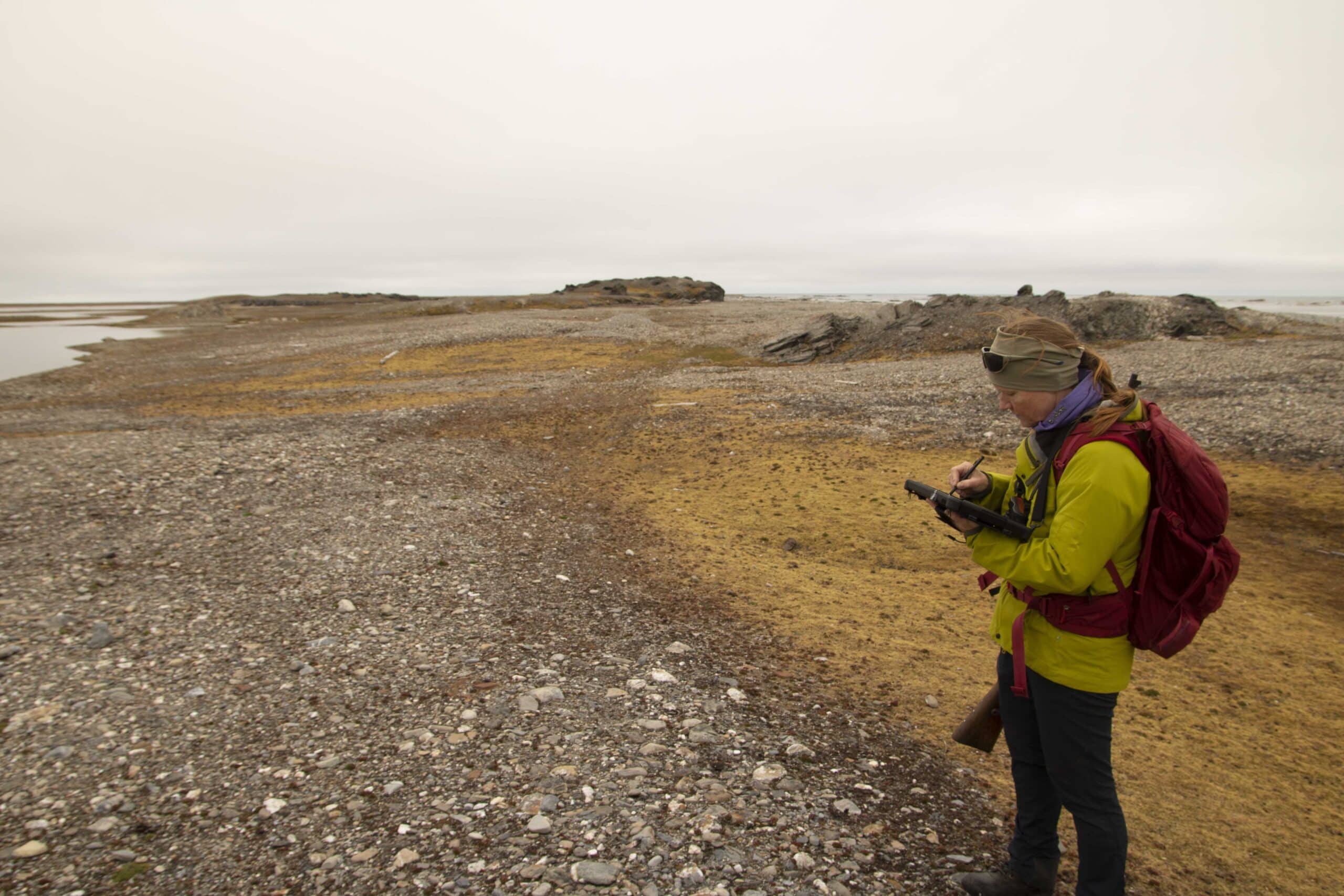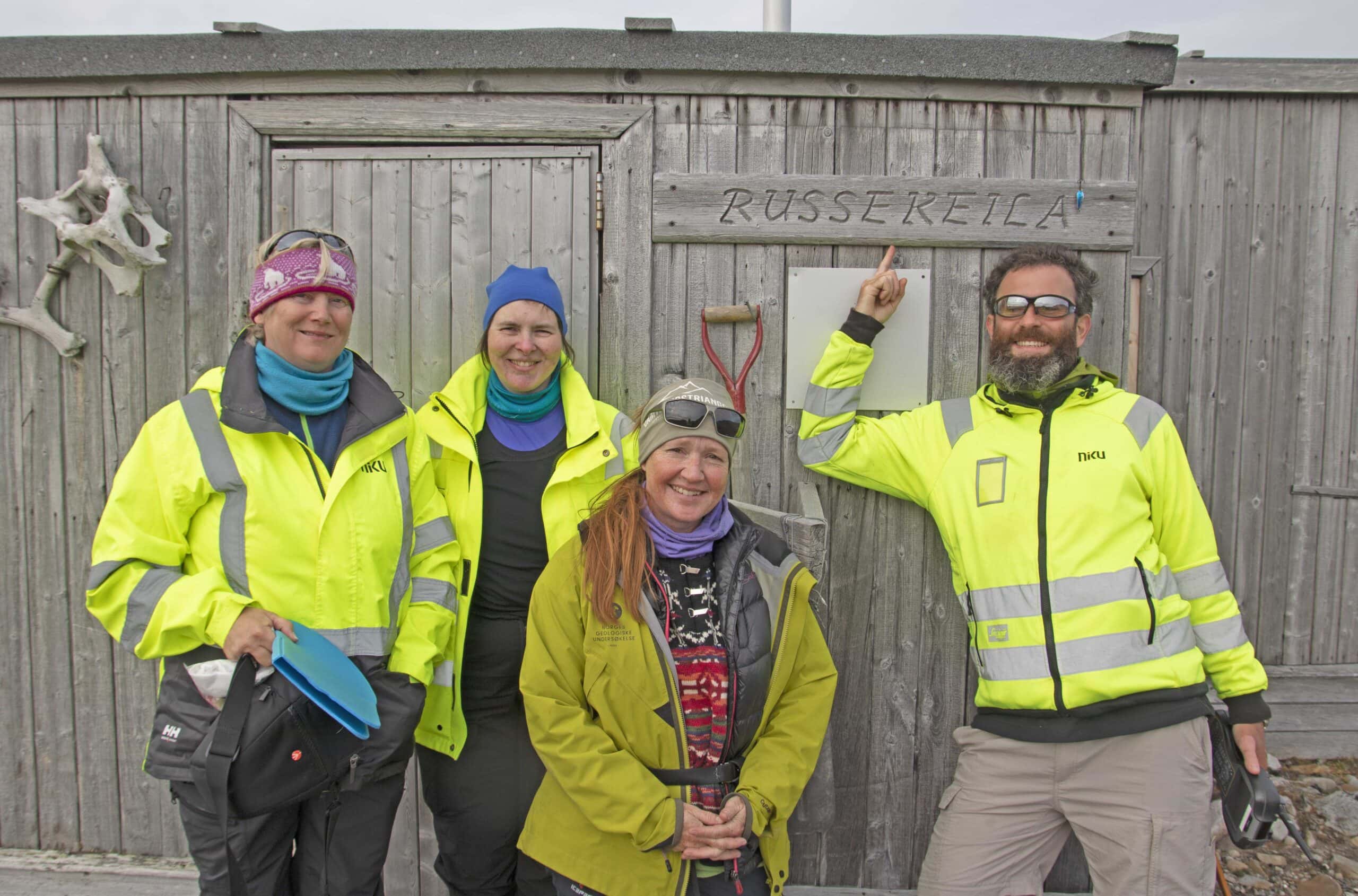
How Cultural Heritage is threatened by nature and tourists in the Arctic
A group of scientists recently returned from Svalbard after investigating how to monitor, manage and preserve Cultural Heritage in the Arctic.
The CULTCOAST project, which is led by the Norwegian Institute for Cultural Heritage Research (NIKU), has a broader and far more interdisciplinary approach than previously seen in cultural heritage management.
The project combines archeology, building protection, geography, quaternary geology and climate research. The full name of the project is Cultural Heritage Sites in Coastal Areas. Monitor, Manage and Preserve Sites and Landscapes under Climate Change and Development Pressure. The research project is funded by the Miljøforsk- programme from the Research Council of Norway.
In addition to NIKU, the project has participants from the University of South-Eastern Norway (USN) and St Andrews University, Geological Survey of Norway (NGU) and from SINTEF.
The research group recently completed the first round of fieldwork at Svalbard. There they immersed themselves in cultural heritgae sites at Russekeila at Kapp Linné, which lies at the mouth of Isfjorden, on the west coast of Spitsbergen and also in Hiorthhamn, a site closer to Longyearbyen.

Threatened by both geohazards and ignorance
– The cultural heritage environments at Russekeila provide good examples of cultural heritage that are threatened by both direct coastal erosion but also a lack of awareness of these sites, says project manager for CULTCOAST Vibeke Vandrup Martens.
Russekeila contains the remains of a Russian wintering station. The people who lived there hunted and caught polar bears, arctic fox and white whales, among other things. At Russekeila, the researchers observed house remains graves that are exposed to climatic challenges. A building site west of the cultural heritage sites of Russekeila, researchers learned, is already eroding into the sea.
The site of the Russekeila itself is in a safer, but according to the researchers, the gravesite is threatened by landslides and by visitors who do not pay sufficient attention to the fragile remains. The researchers are questioning if this is down to ignorance or simply a lack of interest and awareness.
The researchers dealt with a similar state of issues in Hiorthhamn, a closed mining community east of Longyearbyen.
– Hiorthhamn is also a very good example of a cultural environment that is threatened by several geo-hazards such as soil erosion and erosion, and where it can also be difficult to see and understand that these are protected cultural heritage sites, says Vandrup Martens.


A quick fix for Svalbard’s Cultural Heritage sites?
The aim of CULTCOAST is to find the best methods to monitor, manage and preserve these highly valued environmental goods that are exposed to threats from climate change and development pressure.
The research project is in the initial phase and the participants will now summarise this first fieldwork. But already the researchers are proposing a quick fix for some of the sites in Svalbard.
– We need to raise awareness about these sites, perhaps some discreet signage might help, says Vandrup Martens
Drop by https://www.niku.no/projects/cultcoast/ for more updates from CULTCOAST.

